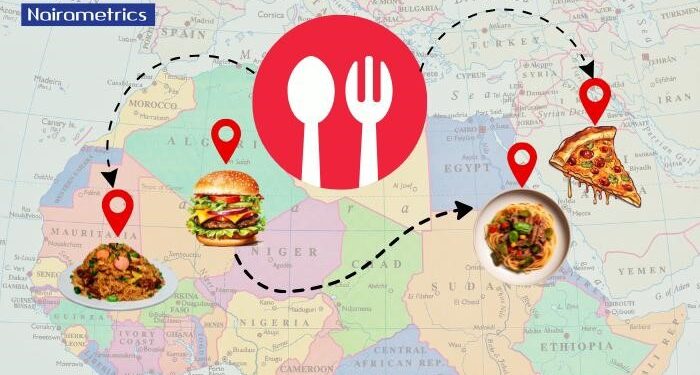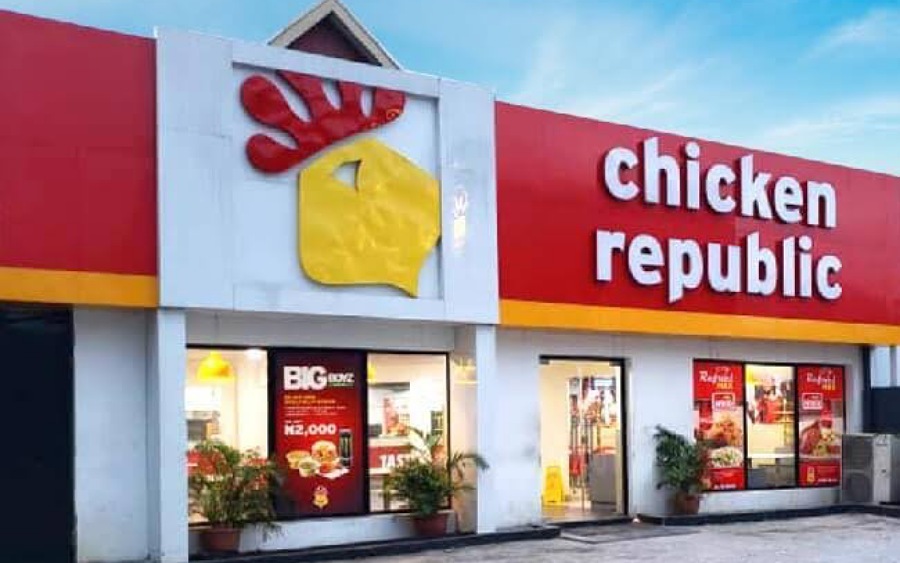With more than 1.5 billion people and a median age under 20, Africa with a GDP of $2.8 trillion is fast becoming one of the most important growth markets for the global fast-food industry.
From Lagos to Nairobi, international quick-service restaurant (QSR) chains and homegrown brands alike are racing to feed a young, urbanizing population whose appetite for convenience, affordability, and brand-name meals is reshaping the continent’s food economy.
Driven by franchising models that enable rapid expansion and consistent branding, fast-food chains are now visible across major cities and secondary markets. Nigeria, with a population approaching 240 million, leads the charge, but Ethiopia, Egypt, and the Democratic Republic of Congo are close behind, providing fertile ground for business growth.
This surge reflects more than just shifting eating habits. It’s a story of economic transformation, one where rising consumer demand, a youthful workforce, and digital food delivery are fueling the proliferation of Western-style fast food across Africa.
Below, we explore 10 of the largest restaurant chains tapping into the multi-trillon dollar African economy, and the socio-economic forces driving their expansion.

- Presence: 10+ countries
- Country: Zimbabwean
Chicken Inn, a proudly Zimbabwean quick-service brand under Simbisa Brands, now operates 121 outlets across Africa, including key markets such as Zimbabwe, Kenya, Zambia, Ghana, Swaziland, Namibia, Malawi, and the Democratic Republic of Congo. Since opening its first outlet in Harare in 1987, Chicken Inn has built a reputation for offering signature fried chicken pieces, rotisserie chicken, spicy wings, and hand-cut chips.
Despite significant market challenges, Simbisa Brands posted a 6% revenue increase for the year ended June 30, 2024. Operating profit before impairment, depreciation, and amortization declined by $1.9 million (4%), impacted partly by the absence of a one-time $2.8 million Treasury investment income from the prior year.
The group maintained strong cash generation, converting 112% of operating profit to cash, highlighting resilient operational efficiency. Improved foreign currency translation gains, boosted by a stronger Kenyan Shilling and the disposal of subsidiaries in Zambia, Mauritius, and Ghana, further supported the bottom line.
























